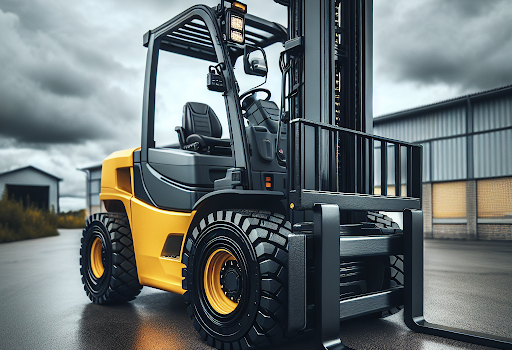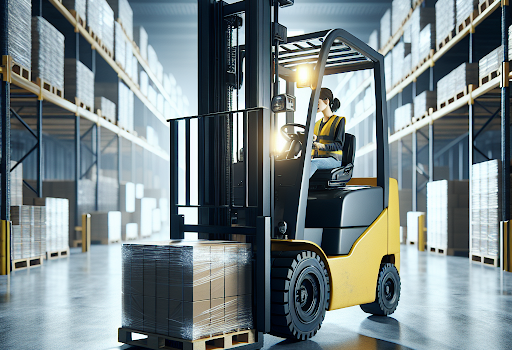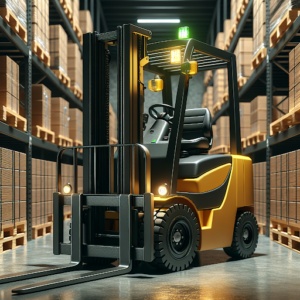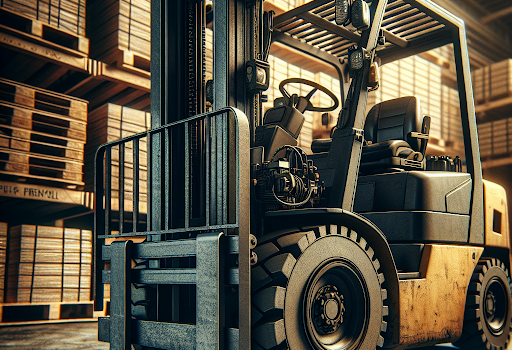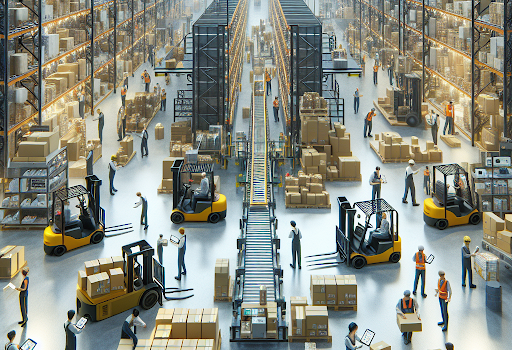The Importance of Maintenance in Forklift Hire: What Sydney Businesses Should Expect
In the bustling city of Sydney, forklift hire is a common practice among businesses. From warehouses to construction sites, these powerful machines are indispensable. Yet, their efficiency hinges on one crucial factor: maintenance. Regular forklift servicing not only ensures optimal performance but also guarantees safety. It’s a vital aspect that Sydney businesses must not overlook when hiring forklifts.
This article delves into the importance of maintenance in forklift hire. It provides insights on what businesses in Sydney should expect and demand from their forklift hire companies. Whether you’re a business owner, a warehouse manager, or an operations coordinator, this guide will equip you with valuable knowledge on forklift maintenance.
Understanding Forklift Maintenance
Forklift maintenance is more than just a routine check. It’s a comprehensive process that involves inspecting, servicing, and repairing the forklift. From the engine to the hydraulic system, every component is scrutinised. Qualified technicians ensure that the forklift is in top-notch condition, ready to handle any task. Understanding the intricacies of forklift maintenance is key to maximising the benefits of your forklift hire in Sydney.
The Safety Implications of Forklift Maintenance
Forklift maintenance is a safety imperative. A well-maintained forklift is less likely to malfunction, reducing the risk of accidents. Regular servicing can identify potential issues before they escalate into major problems. From brake checks to tire inspections, maintenance tasks are designed to ensure safe operations. Ignoring maintenance can compromise safety, making it a non-negotiable aspect of forklift hire in Sydney.
Cost Benefits of Regular Maintenance vs. Reactive Repairs
Regular maintenance of hired forklifts can lead to significant cost savings. Preventative maintenance helps identify issues early, reducing the need for expensive repairs. In contrast, reactive repairs, performed after a breakdown, can be costly. They also lead to operational downtime, affecting productivity and profitability. Thus, investing in regular forklift servicing is a smart financial decision for Sydney businesses.
Forklift Hire Sydney- Legal Compliance and Maintenance Standards
In Sydney, forklift maintenance is not just a matter of efficiency. It’s also about legal compliance. Workplace safety laws mandate regular forklift servicing to ensure safe operations. Non-compliance can result in hefty fines and legal repercussions. Therefore, businesses must prioritise forklift maintenance to meet Sydney’s stringent safety standards.
Extending Forklift Lifespan Through Maintenance
Maintenance plays a key role in extending a forklift’s lifespan. Regular servicing can identify and rectify issues before they escalate. This proactive approach can prevent major breakdowns and prolong the forklift’s operational life. Moreover, well-maintained forklifts can perform optimally for longer periods. Thus, regular maintenance is a smart investment for businesses seeking to maximise their forklift hire.
The Frequency and Types of Maintenance for Forklifts
The frequency of forklift maintenance can vary. It depends on factors like usage intensity and operating conditions. However, a general rule is to service forklifts after every 200 hours of operation. More frequent checks may be needed for forklifts used in harsh environments.
Maintenance typically includes tasks such as:
- Checking and replacing fluids
- Inspecting and adjusting brakes
- Checking and tightening bolts and screws
- Inspecting and replacing worn-out parts
- Checking and maintaining battery health for electric forklifts
These tasks ensure the forklift remains in good working condition.
Choosing a Forklift Hire Company with a Solid Maintenance Plan
With forklift hire Sydney, maintenance should be a key consideration. Look for a company that offers comprehensive maintenance services. This includes regular servicing, emergency repairs, and parts replacement. A good hire company will have qualified technicians to handle these tasks. Choosing such a company can save you time, money, and potential safety risks.
The Role of Operators in Forklift Maintenance
Operators play a crucial role in forklift maintenance. They are the first line of defence in identifying potential issues. Daily inspections by operators can help spot signs of wear and tear. Prompt reporting of these issues can prevent further damage. Proper operator training is essential for effective forklift maintenance.
Maintenance Records and Technology in Tracking
Keeping maintenance records is vital for hired forklifts. These records provide a history of servicing and repairs. Modern technology can aid in tracking and scheduling forklift maintenance.
Conclusion: The Integral Role of Maintenance in Forklift Hire
Maintenance is a key factor in forklift hire. It ensures safety, reliability, and cost-effectiveness. Sydney businesses must prioritise maintenance in their forklift hire decisions. Choosing a hire company with a robust maintenance plan is crucial. In conclusion, maintenance is not an option but a necessity in forklift hire.


